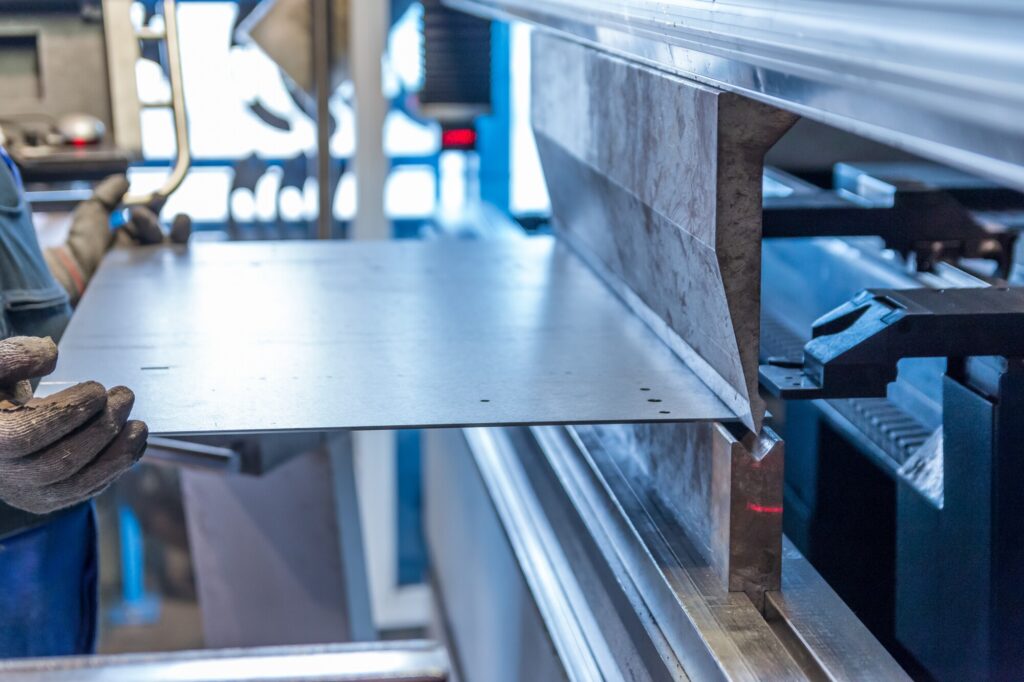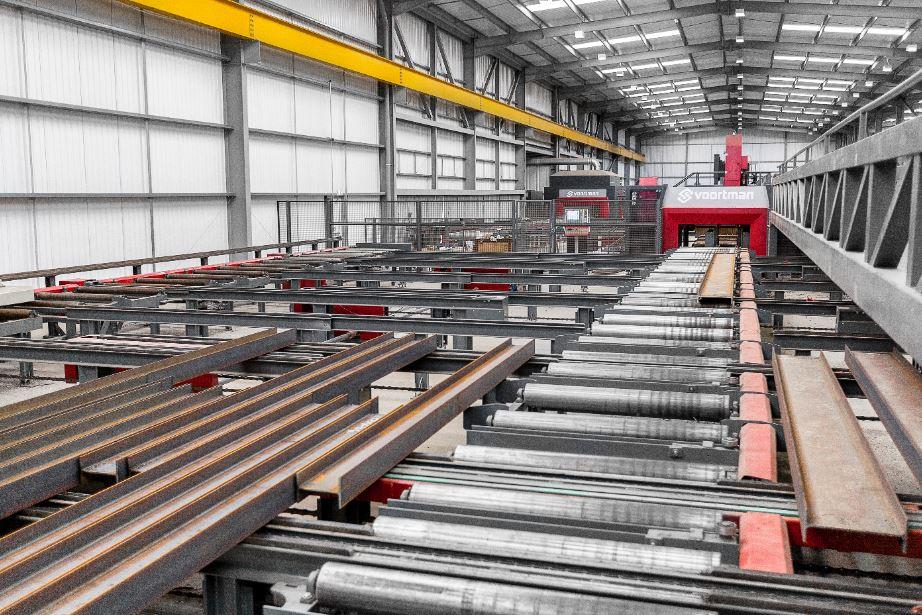Why Alpha Reo Is the Leading Choice for Steel Support
Why Alpha Reo Is the Leading Choice for Steel Support
Blog Article
Innovative Patterns in Steel Construction: Enhancing Sturdiness and Precision
In the realm of steel construction, the quest of longevity and precision has actually led to a wave of innovative trends that are reshaping the market. These patterns are not just shaping the present however likewise laying the groundwork for the future of steel construction, guaranteeing additional improvements in durability and accuracy.
Advanced Welding Technologies
In the world of steel manufacture, the fostering of cutting-edge welding technologies has actually dramatically revolutionized the industry's approach to achieving remarkable top quality and precision in structural welds. Advanced welding technologies, such as laser light beam welding and rubbing stir welding, have actually emerged as game-changers in the area. Laser beam of light welding utilizes a focused laser beam of light to sign up with steel elements with remarkable precision and rate, making it suitable for intricate designs and slim products. On the other hand, friction mix welding produces exceptionally strong bonds by mechanically intermixing the particles of the products at the joint, getting rid of the need for thawing the steel. These innovations supply countless advantages, including reduced heat-affected zones, minimal distortion, and boosted mechanical properties in the bonded joints. By leveraging these sophisticated welding techniques, steel makers can raise the sturdiness, toughness, and accuracy of their structural welds, fulfilling the progressively requiring demands of modern-day building and construction tasks.
Robot Automation in Fabrication
Embracing robotic automation has actually ended up being a cornerstone of contemporary steel manufacture techniques, enhancing procedures and enhancing performance across the market. Robotics are changing the means steel components are manufactured, providing unrivaled precision and speed while minimizing human mistake. These automated systems can take care of repetitive tasks with constant precision, bring about greater top quality final product.
One key advantage of robotic automation in steel construction is the capability to work around the clock without tiredness, dramatically increasing manufacturing result. This continual procedure decreases downtime and accelerates task timelines, eventually conserving expenses for makers. Furthermore, robots can be programmed to perform intricate jobs that might be tough or unsafe for human employees, enhancing security in the workplace.
Additionally, robot automation enables smooth assimilation with other electronic technologies, such as computer-aided style (CAD) software program and Internet of Things (IoT) systems (steel fabrication melbourne). This interconnected technique boosts interaction in between different phases of fabrication, maximizing operations and making sure real-time monitoring and control. As the steel construction sector proceeds to advance, robot automation attracts attention as a transformative force driving effectiveness and accuracy in producing procedures

High-Strength Alloy Advancement
The innovation of high-strength alloy development in steel fabrication is reshaping the industry's method to enhancing material sturdiness and performance. High-strength alloys are engineered to exhibit exceptional mechanical homes, such as boosted tensile strength, sturdiness, and corrosion resistance compared to traditional steel grades. By incorporating these advanced alloys right into manufacture procedures, manufacturers can generate elements that hold up against greater stress and anxiety degrees and harsh atmospheres, causing even more dependable and sturdy final result.
One key advantage of high-strength alloy advancement is the ability to lower material density without jeopardizing structural stability. This not only results in steel fixing lighter-weight parts but likewise adds to set you back savings and improved efficiency in construction and setting up processes. Moreover, the boosted strength-to-weight proportion of these alloys enables the layout and building and construction of frameworks with greater load-bearing abilities while minimizing overall weight.
3D Modeling and Simulation Software Application
Developments in steel fabrication processes have been significantly thrust by the assimilation of sophisticated 3D modeling and simulation software application devices. These tools allow producers to create in-depth digital models of their jobs, allowing them to imagine the last product with precision before any type of manual labor starts. By mimicing numerous stress aspects, ecological problems, and structural lots, fabricators can enhance layouts for enhanced toughness and efficiency. Furthermore, 3D modeling and simulation software application enhance the production procedure by determining potential concerns early, decreasing the demand for costly rework and lessening material waste.

Lasting Practices in Steel Production
Integrating lasting methods into steel production processes is vital for lessening environmental effect and making certain lasting resource availability. One key sustainable technique is the fostering of energy-efficient modern technologies to decrease greenhouse gas discharges during the steel manufacturing process. This includes utilizing sustainable energy sources, such as solar or wind power, to power steel plants and executing energy-efficient equipment to maximize energy usage.
One more important aspect of lasting steel production is the liable sourcing of raw materials. This includes ensuring that the iron ore and various other sources used in steelmaking are acquired from moral and eco-friendly resources. By promoting transparency in the supply chain and sticking to stringent environmental criteria, steel suppliers can minimize the adverse effects of resource removal on neighborhood environments and communities.

Final Thought
To conclude, the cutting-edge patterns in steel manufacture such as advanced welding innovations, robotic automation, high-strength alloy development, 3D modeling and simulation software program, and lasting techniques are enhancing the resilience and precision of steel products. These innovations are changing the steel manufacture sector by boosting sustainability, high quality, and efficiency. It is clear that the future of steel manufacture depends on embracing these innovative modern technologies to meet the needs of contemporary building and production industries.
In the world of steel manufacture, the search of longevity and precision has actually led to a wave of cutting-edge patterns that are reshaping the market.In the realm of steel construction, the adoption of advanced welding modern technologies has considerably revolutionized the industry's approach to accomplishing exceptional top quality and accuracy in structural welds. As the steel fabrication industry proceeds to advance, robotic automation stands out as a transformative pressure driving efficiency and accuracy in manufacturing processes.
Additionally, reusing and recycling steel scrap and waste materials play a considerable duty in enhancing the sustainability of steel manufacturing. Alpha reo.In verdict, the ingenious trends in steel fabrication such as advanced welding innovations, robotic automation, high-strength alloy growth, 3D modeling and simulation software program, and sustainable methods are enhancing the resilience and accuracy of steel items
Report this page